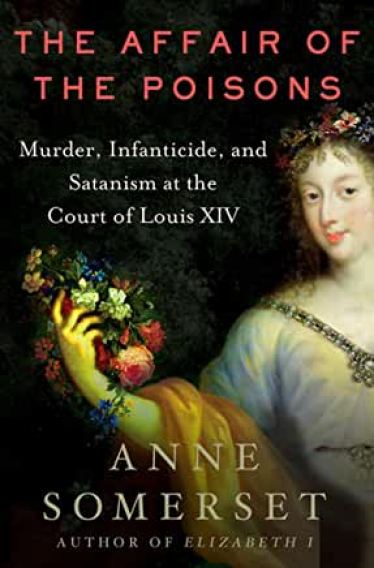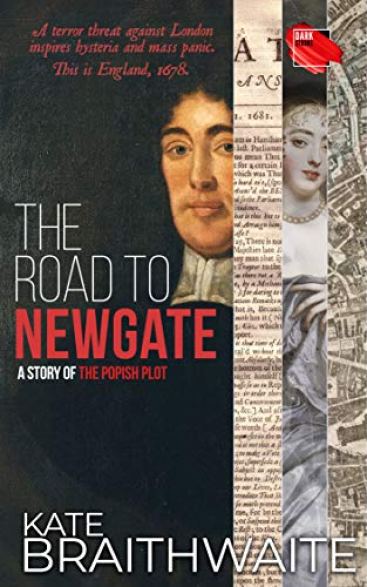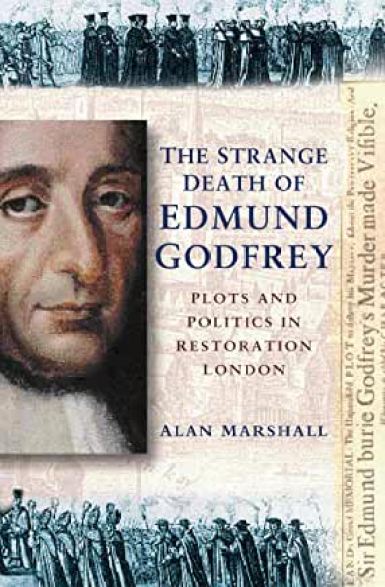1860: As the clash between the states rolls slowly to a boil, Elizabeth Packard, housewife and mother of six, is facing her own battle. The enemy sits across the table and sleeps in the next room. Her husband of twenty-one years is plotting against her because he feels increasingly threatened—by Elizabeth’s intellect, independence, and unwillingness to stifle her own thoughts. So he makes a plan to put his wife back in her place. One summer morning, he has her committed to an insane asylum.
The horrific conditions inside the Illinois State Hospital in Jacksonville, Illinois, are overseen by Dr. Andrew McFarland, a man who will prove to be even more dangerous to Elizabeth than her traitorous husband. But most disturbing is that Elizabeth is not the only sane woman confined to the institution. There are many rational women on her ward who tell the same story: they’ve been committed not because they need medical treatment, but to keep them in line—conveniently labeled “crazy” so their voices are ignored.
No one is willing to fight for their freedom and, disenfranchised both by gender and the stigma of their supposed madness, they cannot possibly fight for themselves. But Elizabeth is about to discover that the merit of losing everything is that you then have nothing to lose…
There are plenty of comparisons to be made between Elizabeth Packard and Nellie Bly. Both brave. Both resolute. Both grounded in self-belief. Both seeking change and better circumstances for women. Both building relationships with the doctors responsible for their care. But there are also key differences.


Nellie Bly entered the Blackwell’s Island Asylum of her own free will. She did so at great personal risk, yes, but with some confidence that her incarceration would be of a reasonably short duration. She also had a goal in mind – the promise of a job at the New York World newspaper. Elizabeth Packard didn’t have a choice. The wrongful imprisonment and mistreatment of women was important to both, but while Nellie moved on to other issues and causes, Elizabeth Packard’s whole live became devoted to women’s legal rights.
In some ways, Elizabeth Packard is who I imagined Nellie Bly was before I learned her whole story. Although Nellie gets a lot of credit for changing the way asylums were viewed and funded, for me her achievements are in the field of work for women, and succeeding in a man’s world. Elizabeth Packard not only survived her incarceration, she fought to change the system that put her there.
The Woman They Could Not Silence is a fabulous read. Definitely my top non-fiction book of the year. If you enjoyed The Girl Puzzle, you should definitely read this book!



























 Which brings me to Dear Edward by Ann Napolitano. Here’s a little bit of the blurb:
Which brings me to Dear Edward by Ann Napolitano. Here’s a little bit of the blurb:








 So far so good with the book juggling. But then I’m also listening Far From the Madding Crowd on audio loan from my local library. Here’s where I admit that despite doing English at university, I have managed to live my life without reading any book by Thomas Hardy or even watching any tv/movie adaptation.
So far so good with the book juggling. But then I’m also listening Far From the Madding Crowd on audio loan from my local library. Here’s where I admit that despite doing English at university, I have managed to live my life without reading any book by Thomas Hardy or even watching any tv/movie adaptation.